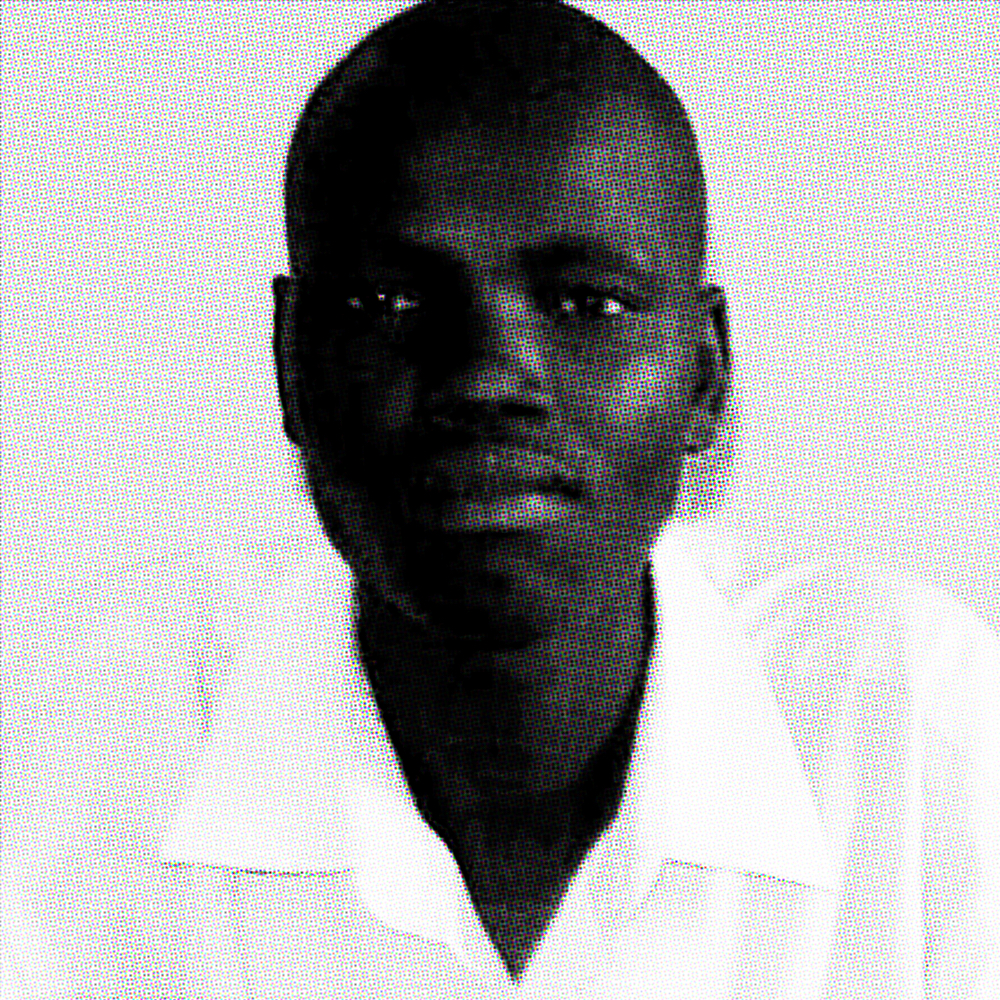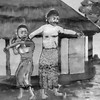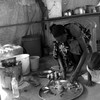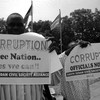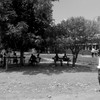“We have a right to get education“

James Ukongo Uber works as a part time shoe polisher in South Sudan’s capital Juba. The income caters for his school fees and other necessities. He is an orphan and has no supportive relatives.
The United Nations Children’s Fund (UNICEF) says South Sudan has the world’s highest proportion of children without education. Only few, like Ukong have the chance to make it through primary or secondary eduaction.
The over two-decade civil war that ended in 2005 left the country in dire need of infrastructure. In addition, the over two-year violent conflict that escalated in December 2013, set back the services that had been established by the government and humanitarian organisations between 2005 and 2013.
Currently more than 1.8 million children do not attend school compared to one million in 2008. Schools, particularly in displaced camps are overstretched and in poor conditions.
“A single classroom caters for students ages three to 17,” says Mayen Kur, a teacher at a camp in Mahad. “There is no proper teaching or learning being done. We just teach them some alphabetical letters and mathematical numbers to keep them occupied,” he says.
Tizie Maphalala, a UNICEF education manager says many schools are organised in temporary shelters or under trees, and only two-thirds of them have sanitation or water points, adding that “teaching materials remain another challenge”.
A UNICEF report shows that only 15 percent of children in school across the country have access to desks and chairs. Finding teachers is another hurdle as adult literacy is just at 25 percent.
But most students are hopeful. Mary Kiden Yohana, 14, a student in Juba says “even if there is no food, we have a right to get an education”.
John Mabior Deng, 12, who attends school in the Mahad refugee camp, says “we want to learn even during war, education will be the only thing to get us out of this situation”.
The struggle to provide South Sudan’s children with education hits low-income families – the majority in South Sudan – the worst.
Widowed Mary Adum Bol, 27, works two jobs to keep her four children in school. “I do petty jobs like sweeping government offices and also sell some greens, okra, tomatoes to get a little money to support my family and pay school fees,” she says.
Economic hardship and violence has a devastating impact, even on those who already started their education. A report from the humanitarian organisation World Concern shows that school dropout rates in South Sudan are the highest in the world.
Angelina Adong, a 11-year-old school dropout says she had to look after her younger siblings and help her mother sell groundnuts and sesame-seed cakes.
With cultural beliefs that put the girl child as a source of wealth, young girls like Adong suffer the most. They are rather married off at a young age for dowry, or forced to help with domestic chores than be enrolled in school.
Primary schools have seven girls for every 10 boys. The ratio falls to 5:10 at secondary schools. In 2013, just 500 girls in the whole country were in the final year of high school.
